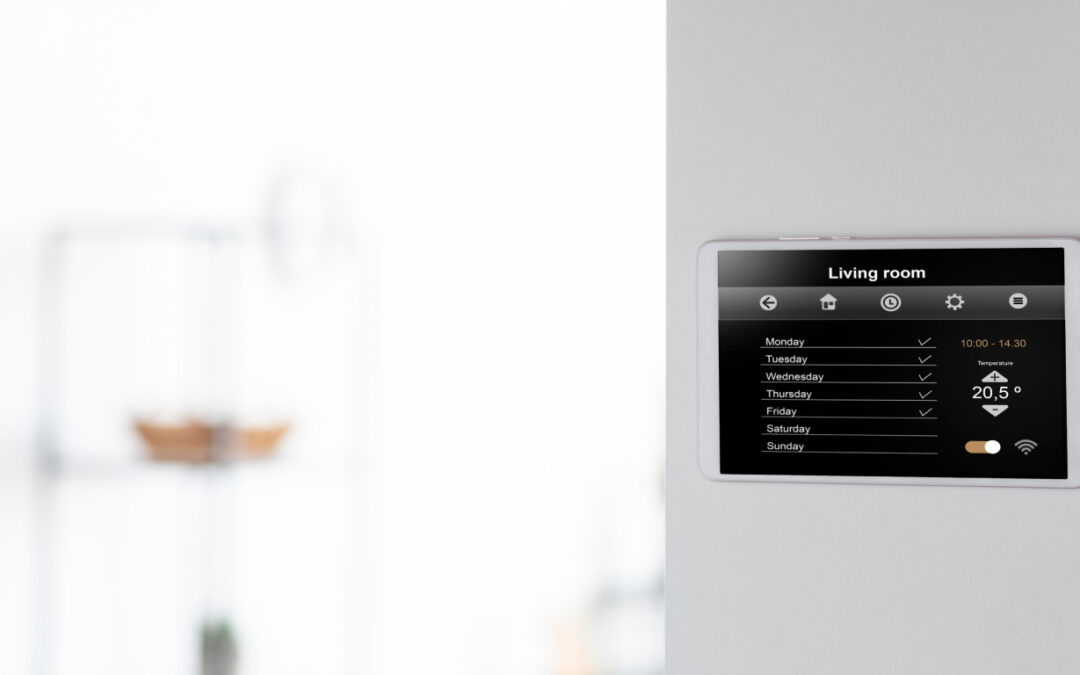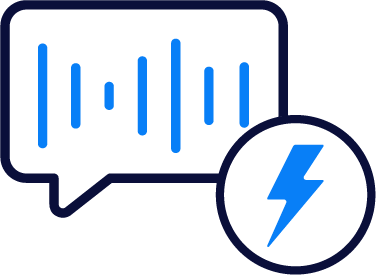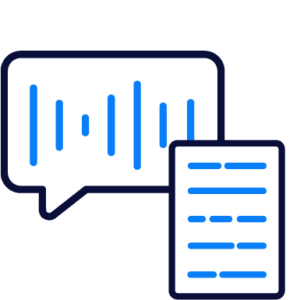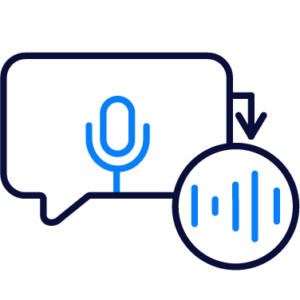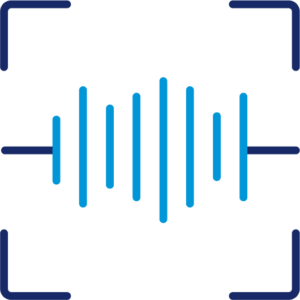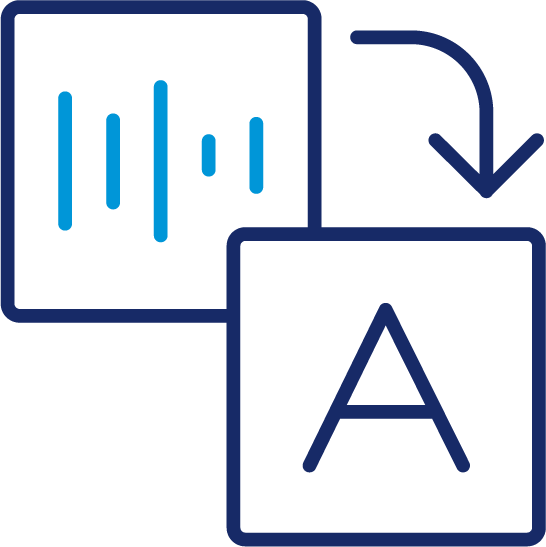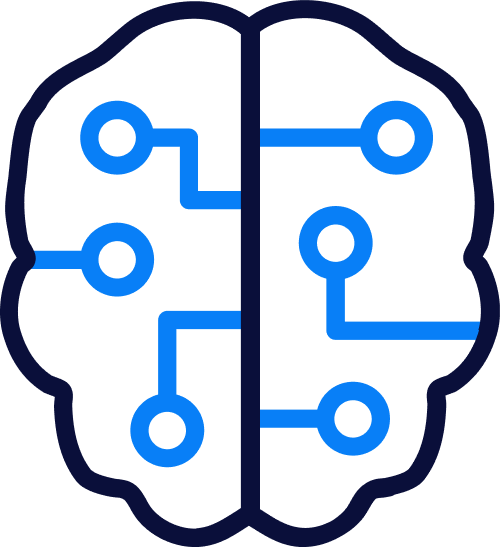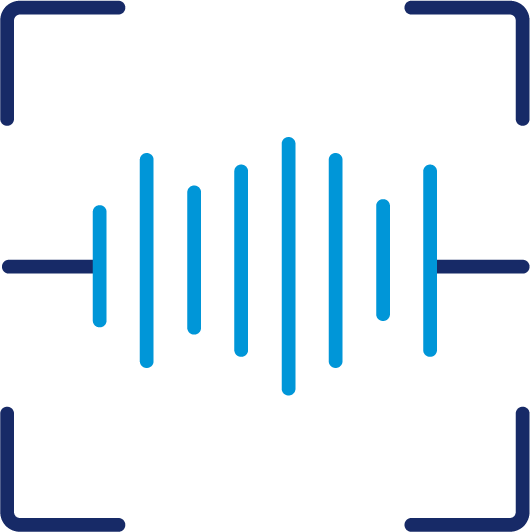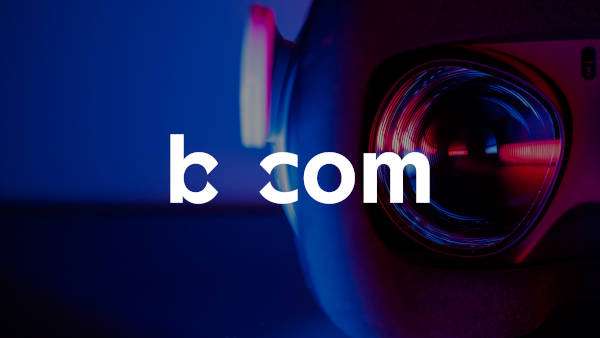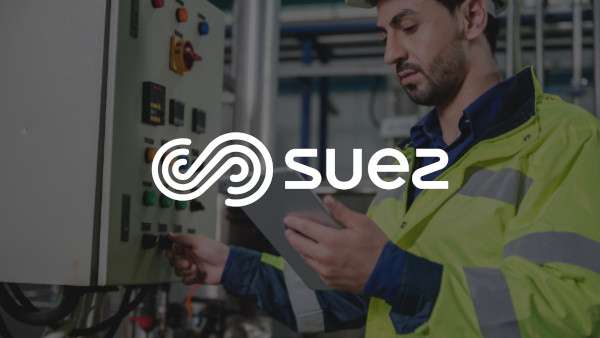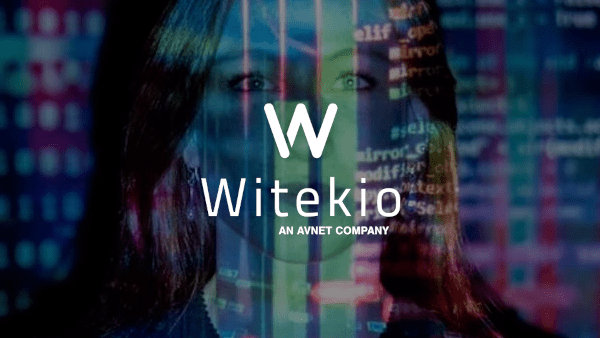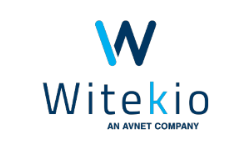
Custom voice AI in embedded systems
Witekio uses the Voice Development Kit to produce on-device voice interactions thus answering its customers needs for embedded voice recognition.
In a nutshell…
As international experts in embedded systems and IoT, Witekio helps high tech makers to build their software. The French company, now part of AVNET Group, has a large skillset to support its clients throughout their projects. Witekio provides the Voice Development Kit to its clients with specific needs in embedded voice technologies.
Challenge & Requirements
Developing custom voice AI applications in embedded systems for various industries
The use of voice technologies has never been as efficient as it is today, with technical improvements and better user adoption, they are becoming real interaction methods. This democratization is naturally accompanied by an increase in enterprise projects involving voice. On the front line to meet this growing demand, Witekio and Vivoka are joining forces.
Providing voice technologies
Vivoka exclusively develops its own software, the Voice Development Kit, a development kit specialized in voice. Offering the best embedded voice recognition technologies, the VDK is a powerful and scalable tool for companies with a need in voice.
Embedded systems expertise
Witekio, as a complement to Vivoka, is positioned to develop embedded and IoT software systems for innovative projects thanks to its experience and technical know-how. Witekio’s engineering team can provide VDK integration.
#1 Use Case
Professional appliances with embedded voice commands
Goal
The use of voice commands improves the appliance’s user experience with a human-centric approach. For such devices, interactions methods are key for product adoption and also to build a strong customer link with the product itself.
Challenges
When adressing the consumer market, data privacy is something that needs specific attention from the brand. In addition, the product has to embed technologies whose costs can be mastered. Such technologies also need to have an optimized tech footprint to seamlessly operate within the product without alterating its composition.
Technical stack
- Embedded Linux OS on MPUs
- VDK’s offline Automatic Speech Recognition and Multilingual Speech Synthesis engines.
#2 Use Case
Offline voice-activated vending machine
Goal
Provide touchless technologies for vending machines enable users to change their ways of interaction. A simple request, confirmation, contactless payment, and order collection user experience avoids the user touching any screen and can be enabled using voice parsing.
Challenges
Updates to the vending machine hardware that rarely comes with a microphone, directional or otherwise. This is potentially complex and would require equally complex maintenance interventions for each and every machine.
Technical stack
-
i.MX6 microprocessor from NXP
-
Custom microphone (close-field)
-
Raspberry Pi with embedded ASR from Voice Development Kit
-
Communication via WebSockets in JSON
#3 Use Case
Remotely operated crane with embedded voice control
Goal
Using embedded voice recognition to control the crane’s movements and capacities makes it possible for a user to not only rely on onboard physical supports such as control pannels or computers. The crane user can now remotely control their equipment and keep their entire focus on their tasks to ensure safety.
Challenges
Creating a custom system that can remotely control an industrial crane (in this case it was an experiment with a low-scale crane model) with specific technical requirements. On the other hand, it is necessary to invent voice commands that can accurately and with a fast reactivity control the basic navigation tasks.
Technical stack
-
Yocto Linux
-
Avnet embedded SMARC module with NXP i.MX8Mplus
-
VDK’s embedded Automatic Speech Recognition
For developers, by developers
Try our voice solutions now
1
Sign up first on the Console
Before integrating with VDK, test our online playground: Vivoka Console.
2
Develop and test your use cases
Design, create and try all of your features.
3
Submit your project
Share your project and talk about it with our expert for real integration.
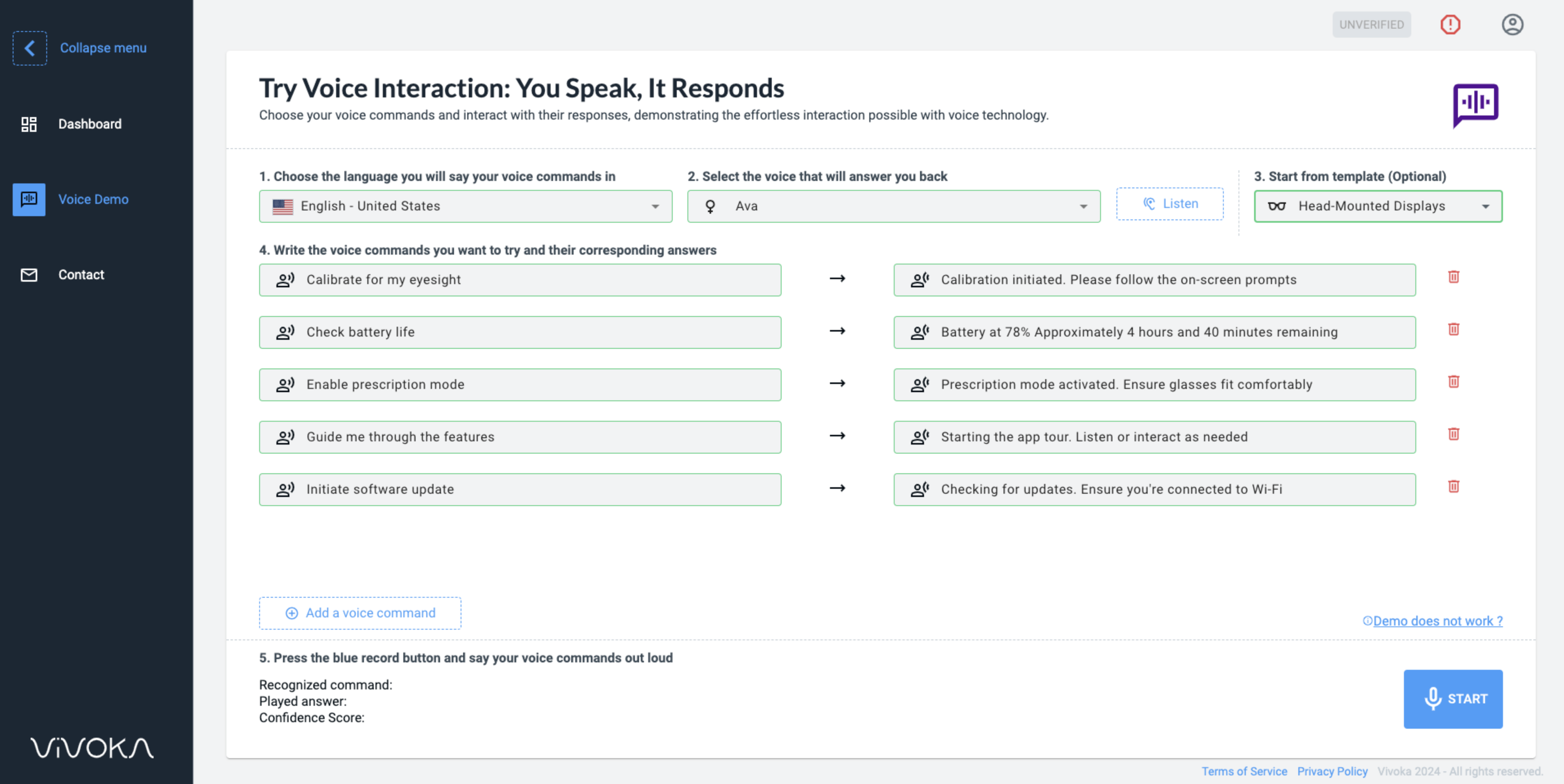
Benefits and Improvements
What value does voice AI bring to embedded systems?
Hands-free interactions for safety
To comply with the need of touch interactions, voice technologies have been developed and integrated. Voice has the specific ability to be used hands-free, thus granting adding safety to worker in potentially hazardous areas.
Easy user device's onboarding
Voice technologies, recognition or synthesis, enhance the simplicity of a user getting to know the product and how to use it. Intuitive voice-based learning is the key to even the skill-gap between collaborators.
Faster features with voice commands
Voice commands are intuitive and more fast to produce than traditional analog or touch interactions. Many available features in industrial equipments like the crane allow users to act and react quickly at anytime.
Improved user experience
Voice interactions are seamlessly used within different product and services to reinvent their use. The robustness of embedded voice AI is tackling common user frustrations like service unavailability or privacy.
Embedding Custom Voice Commands with Vivoka’s Voice Development Kit
Vivoka, Witekio and CareOS join forces to show you how to build and integrate complex voice commands using Vivoka’s Voice Development Kit (VDK). You will also discover new use case that can be done with the VDK and that are already in action with our partners. No coding experience required!
Testimonial from our client
“We partnered with Vivoka on several innovative projects on embedded Linux system, and delivered, in a very short time, multi-lingual natural voice interactions fully running “at the edge” to our customers. With our expertise in Embedded Linux and Vivoka Voice Development Kit we can quickly customize and integrate their technology to demonstrate the benefit of speech recognition and text to speech for any type of product from industrial ovens to coffee machines. Their framework is a great solution for all our projects with embedded voice commands.“
Cédric VINCENT
Decision-Making
Why did Witekio choose the Voice Development Kit?
Clear pricing models
Voice Development Kit’s technologies are working on business models that makes the innovation’s cost seamless and measurable for companies.
Technology's simplicity
With a no-code prototyping interface, the VDK Studio is the perfect tool to get a hand on voice technologies and create great solutions without specific skills.
Data privacy
Being on-device, Vivoka’s and b<>com’s technologies are private-by-design which is a key requirement of many solutions such as what Witekio’s customers are developing.
Technical compatibility
Vivoka’s low-footprint solutions can run on most frameworks and hardwares, from mobile applications on Android to embedded systems with Linux…
Adopting voice solutions in your business starts here
Get in touch with our team to shift your company in the Voice First world! Or try it now!
Powered by the Voice Development Kit
Innovative use cases developed with the VDK
It's always the right time to learn more about voice technologies and their applications
Voice Technology: my voice is a risky personal data
Voice technology has become an integral part of modern life, embedded in everything from smartphones to home assistants and business usages. However, the conveniences it offers come with significant...
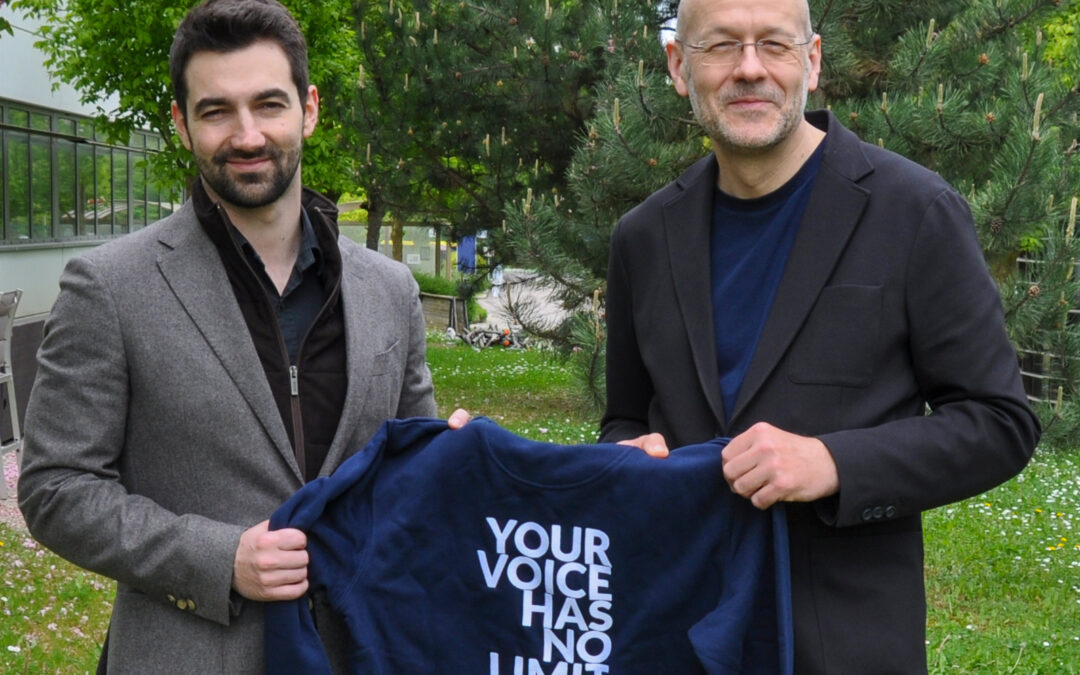
Christophe Couvreur, Esteemed AI and Voice Technology Executive, Named CEO of Vivoka
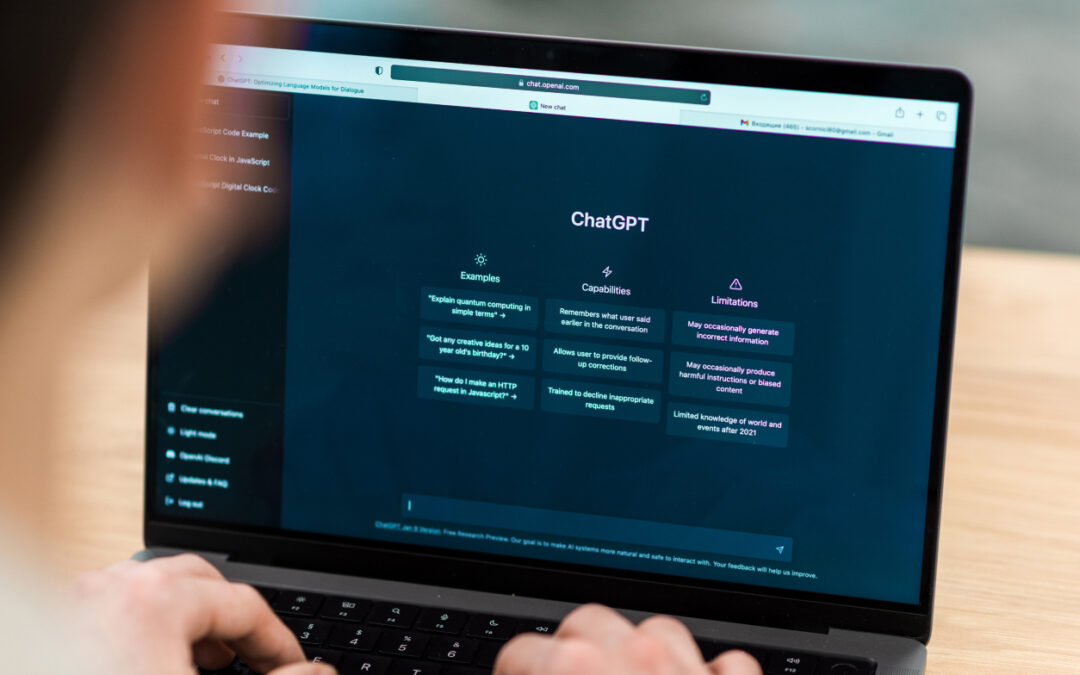
Large Language Models and ChatGPT

NLU model best practices to improve accuracy
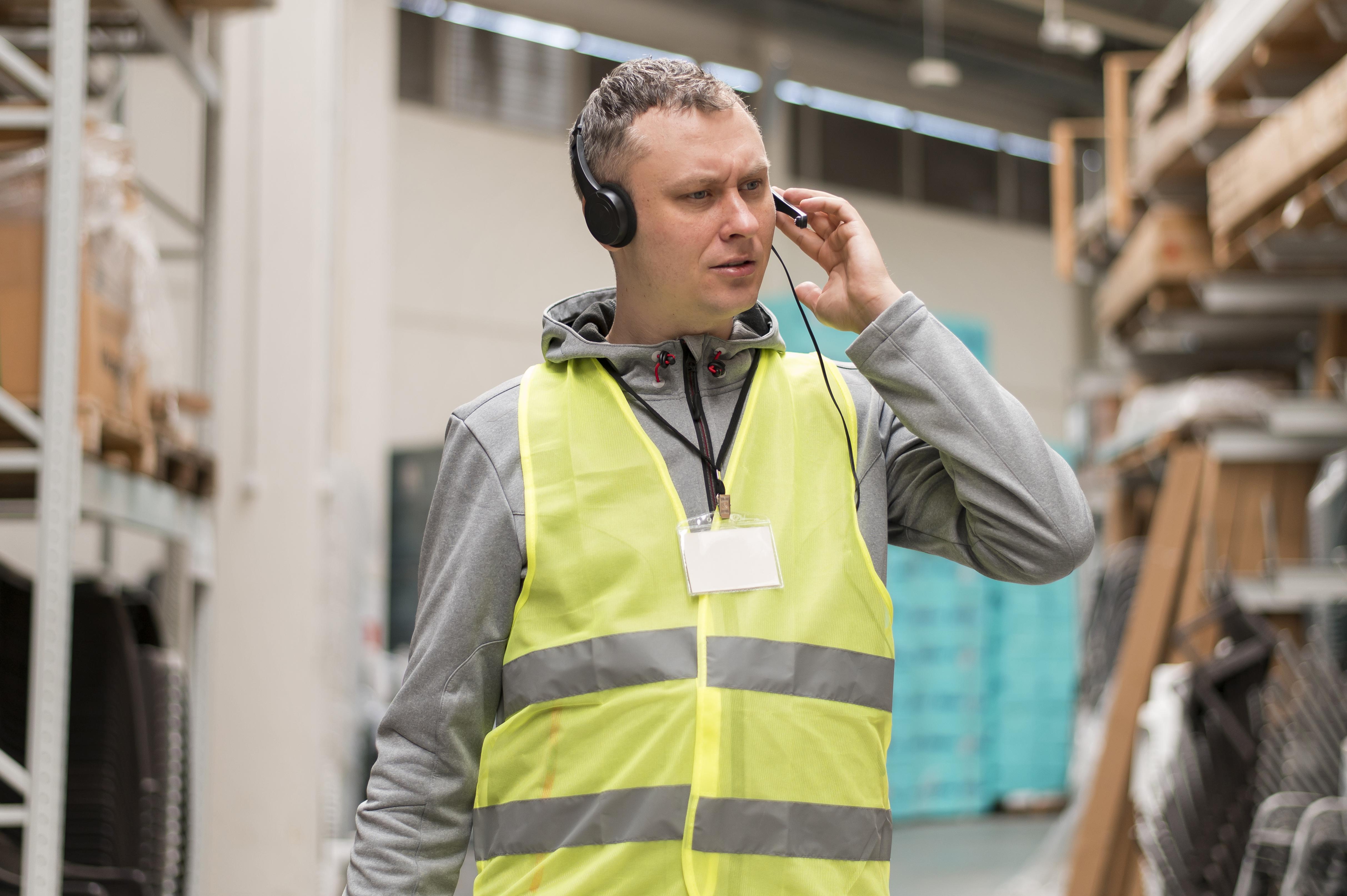
The future of Warehousing: Voice Directed Warehouse Operations
